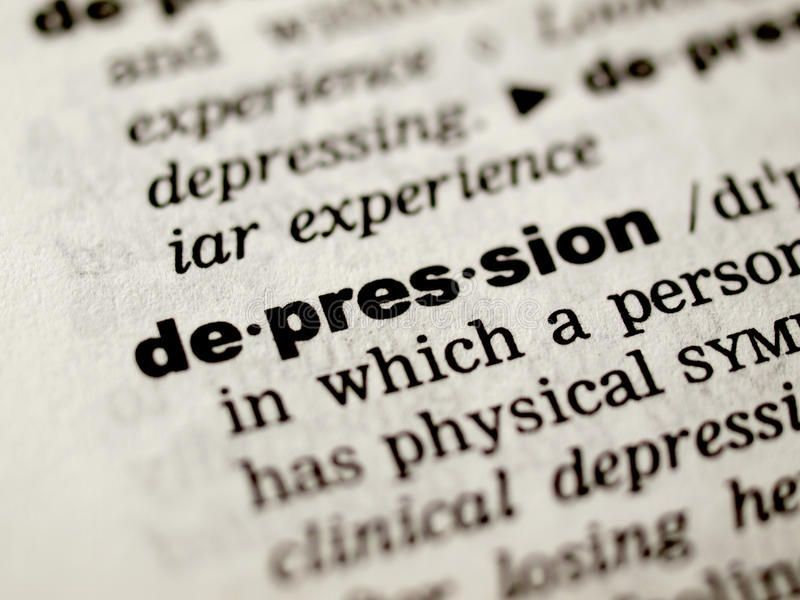What is Cognitive Triad of Depression?

The cognitive triad of depression, proposed by American psychiatrist Aaron Beck, describes a pattern of negative thinking commonly observed in individuals with depression. This triad consists of three interconnected components:
- Negative view of the self – Individuals see themselves as flawed, inadequate, or unworthy. They may experience feelings of guilt, self-blame, and low self-esteem and sometimes self-loathing, believing they are incompetent, incapable or unlovable.
- Negative view of the world – They perceive their surroundings as hostile, unfair, or overwhelming. They think everything and everybody are against them and nothing makes sense anymore. Everyday challenges may feel insurmountable, and they might struggle to find meaning or joy in their experiences.
- Negative view of the future – They expect future events to be distant and uncertain, believing that their situation will not improve. This pessimistic outlook often leads to hopelessness and may contribute to suicidal thoughts in severe cases.
Beck theorized that these negative thought patterns could become automatic and deeply ingrained in an individual’s core belief system, reinforcing cognitive distortions—irrational and biased ways of thinking. These distorted thoughts often occur in a cyclical manner, where one negative perception triggers another, creating a mental loop of depression.
For instance, someone with a negative self-image may assume others will reject them, leading to social withdrawal. This isolation, in turn, reinforces their belief that the world is unkind, further solidifying their expectation that the future holds no hope. Over time, this pattern can become self-sustaining, making it difficult for the individual to break free from depression without intervention.
This triad is what helps in diagnosis of Depressive disorder and helps differentiate Depression and sadness.
Beck’s cognitive model of depression laid the foundation for Cognitive Behavioral Therapy (CBT), which helps individuals identify, challenge, and reframe these negative thought patterns to improve mental well-being.



Comments (0)